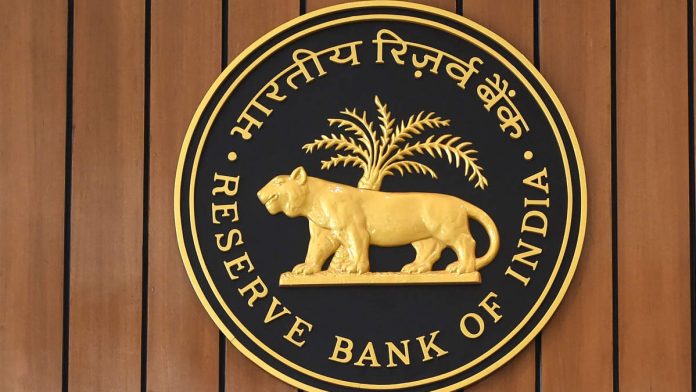- The Indian economy is faring much better than some of the biggest economies in the world is obvious. Several developed economies are under great stress owing to inflationary trends caused by the surging food and gas prices, other essential commodities, and the cascading effect of the ongoing conflict between Russia-Ukraine. Disruptions in the global supply chains have created havoc everywhere and the fluid geopolitical situation only exacerbates the challenges. No wonder, the Indian economy is also on the cusp of challenging times but not as bad as some of the advanced countries are enduring. The Indian gross domestic product growth rate is a much better performing one as compared to others. But the crucial manufacturing sector is a concern.

PC: Zeebiz Web Team
- Given the above, let’s delve to see where we stand on the economic front presently. India’s GDP in the July-September quarter was Rs. 38.16 lakh crore, higher by 6.3% vis-à-vis the previous year. The salient aspects of the data are that the headline growth is in sync with RBI’s forecast, unlike the previous quarter where it undershot expectations. However, closer scrutiny and breaking down GDP into its components indicates that the ongoing monetary tightening and the global slowdown have begun to act as a drag. Manufacturing output in the second quarter of 2022-23 was Rs 5.98 lakh crore, lower by 4.3%. Moreover, the contraction was also partially influenced by an upward revision in the previous year’s number as well. Let’s look at the statistics.
- Further, another sign of the drag is that the economy’s gross value addition in the second quarter was Rs 35.05 lakh crore, higher by just 5.6%. Two factors that offset the contraction in manufacturing output were a rise in fixed investment on the back of a surge in government capital expenditure and a return to normalcy, which had a positive effect on contract-intensive services. The combined effect of these factors was a 9.7% expansion in private consumption in the second quarter to Rs 22.29 lakh crore. New investment, or gross fixed capital formation, increased 10.4% to Rs 13.21 lakh crore. Also, contact-intensive segments of trade, transport, hotels, etc, grew 14.7% to Rs 6.49 lakh crore. Remember, this segment is an important source of employment for relatively low-skilled sections of the labour force who are greater in numbers in India.

PC: Reddy Shyam Shankar
- Thus, its complete recovery from pandemic-induced damage is one of the highlights of the second quarter GDP data. Juxtaposing the GDP data with numbers on government spending between April and September corroborates broad trends. Notably, government capital expenditure has been frontloaded essaying an important role in keeping the economic momentum going. Nonetheless, the ongoing recovery is not quite robust enough. Both GDP and government accounts data suggest that the RBI should revisit its monetary approach of frontloading interest rate increases. Monetary tightening coupled with a global slowdown is having an impact. Thus, there’s a case for pausing the rate hikes to shore up the weakening demand.






